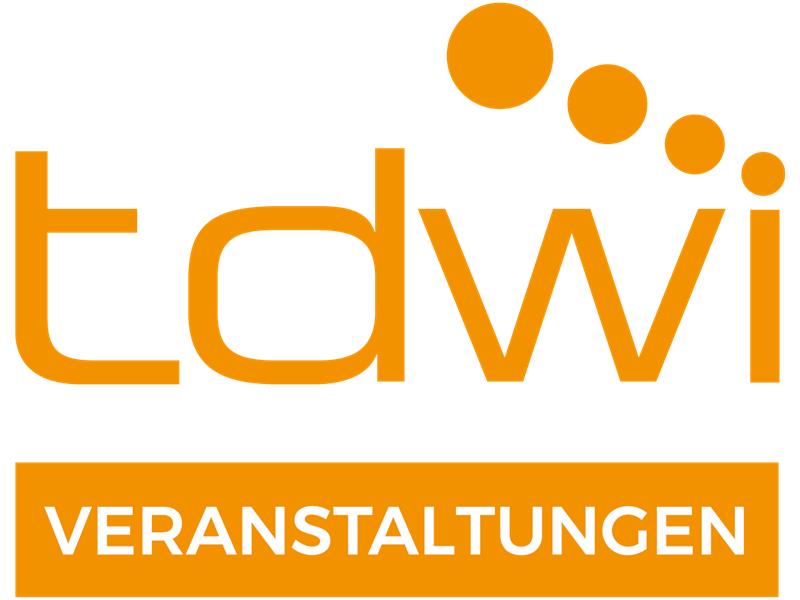
Please note:
On this site, there is only displayed the English speaking sessions of the TDWI München digital. You can find all conference sessions, including the German speaking ones, here.
The times given in the conference program of TDWI München digital correspond to Central European Time (CET).
By clicking on "EVENT MERKEN" within the lecture descriptions you can arrange your own schedule. You can view your schedule at any time using the icon in the upper right corner.
Thema: Data Mesh
- Montag
20.06. - Dienstag
21.06.
Künstliche Intelligenz ist schon längst dem Pionierzeitalter entwachsen. Doch um mit dem Einsatz von KI einen echten Mehrwert für das Unternehmen zu schaffen, kommt es auf die qualitativ hochwertige Bereitstellung von Daten an. Hier kommt ML Engineering ins Spiel - ein Konzept zur Bewältigung der hohen Komplexität von Daten bei der Entwicklung von KI-Systemen. Im Vortrag wird eine ML Engineering Roadmap vorgestellt, mit der dieses häufig unterschätzte und doch so kritische Konzept erfolgreich eingesetzt werden kann.
Zielpublikum: Data Engineer, Data Scientist, Unternehmer mit praktischem KI-Interesse
Voraussetzungen: Interesse an KI- und ML-Themen, Grundlagen- bis fortgeschrittene Kenntnisse in den Bereichen Data Science und/oder Data Engineering
Schwierigkeitsgrad: Fortgeschritten
Lars Nielsch ist als Principle Solution Architect Analytics & Cloud bei Adastra tätig. Nach seinem Studium der Angewandten Informatik an der TU Dresden ist er seit 1998 in der BIA-Beratung tätig. Seine besonderen Interessen liegen in den Themen Enterprise BI, Large Databases, Data Engineering (ETL-Design), Data Science (MLOps) und Big-Data-Architekturen (Data Vault, Data Lake, Streaming).
As the data mesh paradigm takes the industry by storm, the conversation deep dives into the architecture, neglecting the socio-organizational element. Data driven organizations must invest not only in infrastructure but also data organization and culture.
Target Audience: Executive, senior business managers
Prerequisites: None
Level: Basic
Jennifer Belissent joined Snowflake as Principal Data Strategist in early 2021, having most recently spent 12 years at Forrester Research as an internationally recognized expert in establishing data and analytics organizations and exploiting data's potential value. Jennifer is widely published and a frequent speaker. Previously, Jennifer held management positions in the Silicon Valley, designed urban policy programs in Eastern Europe and Russia, and taught math as a Peace Corps volunteer in Central Africa. Jennifer earned a Ph.D. and an M.A. in political science from Stanford University and a B.A. in econometrics from the University of Virginia. She currently lives in the French Alps, and is an avid alpinist and intrepid world traveler.
In order to succeed in creating a data driven enterprise it is clear that choosing the right data architecture is now critical. This session explores the evolution of data and analytics architecture and looks at what is needed to shorten time to value and create a data driven enterprise. It looks at the pros and cons of data lake, lakehouse and data mesh architectures and asks: Is there a best approach? Is a lot more than this needed to succeed?
Target Audience: Data architects, CDOs, CAOs, enterprise architects, data scientists, business analysts
Prerequisites: Basic understanding of data architectures used in supporting analytical workloads
Level: Advanced
Extended Abstract:
In many companies today the desire to become data driven goes all the way to the boardroom. The expectation is that as more and more data enters the enterprise, it should be possible to understand and use it to quickly and easily drive business value. In order to succeed in creating a data driven enterprise it is clear that choosing the right data architecture is now critical. However, data and analytics architecture has been evolving over recent years to a point where now there are multiple options. Is it a data lake that is needed? Is it a lakehouse? Or is it a data mesh? Should this be the focus or is it just vendor hype to fuel their own interests? What are the pros and cons of these options? Is there a best approach? Is a lot more than this needed to succeed? This session explores the evolution of data and analytics architecture and looks at what is needed to shorten time to value and create a data driven enterprise.
- Data and analytics - where are we?
- Data and analytics architecture evolution
- Architecture options and their pros and cons - data lake Vs lakehouse Vs data mesh
- The shift to data fabric, DataOps, and MLOps to industrialise pipeline development and model deployment
- Using a data and analytics marketplace to putting analytics to work across the enterprise
Mike Ferguson is Managing Director of Intelligent Business Strategies and Chairman of Big Data LDN. An independent analyst and consultant, with over 40 years of IT experience, he specialises in data management and analytics, working at board, senior IT and detailed technical IT levels on data management and analytics. He teaches, consults and presents around the globe.
Vortrag Teilen
SWICA historically runs a data warehouse built by a centralized team and in parallel, multiple isolated solutions for domain specific analyses, which afford high maintenance and an extensive effort to stay compliant.
Modernizing our analytical environment, we are building a collaborative platform on MS Azure, utilizing the Data Mesh paradigms of data domain and data product.
We aim to deliver a managed data marketplace for all data domains to provide their data products on a modern platform with low maintenance and built-in security & compliance.
Target Audience: Data Analysts, Data Engineers, Project Leaders, Decision Makers
Prerequisites: Basic understanding of the data mesh concept, data warehouse architectures and the challenges of diverse analytical use cases from multiple lines of business
Level: Advanced
15 years of BI industry experience as a project manager, analyst, team lead and solution architect. Closely following new concepts and technologies, aiming for practical application in the enterprise world.
Building planning and reporting solutions for small and medium-sized enterprises for more than 15 years, the opportunity to build a modern cloud based data platform for SWICA the leading health insurance company in Switzerland, is a challenge to develop my personality and skills. A special candy comes with the usage of the latest cloud technologies and a high flexibility for building the solution.
Vortrag Teilen






